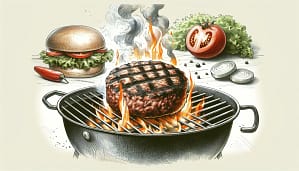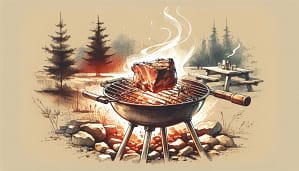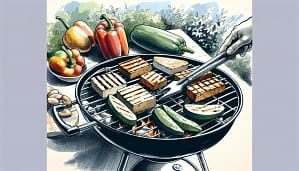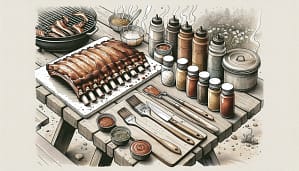Installing a Vinyl Siding Heat Shield for Your Outdoor Grill
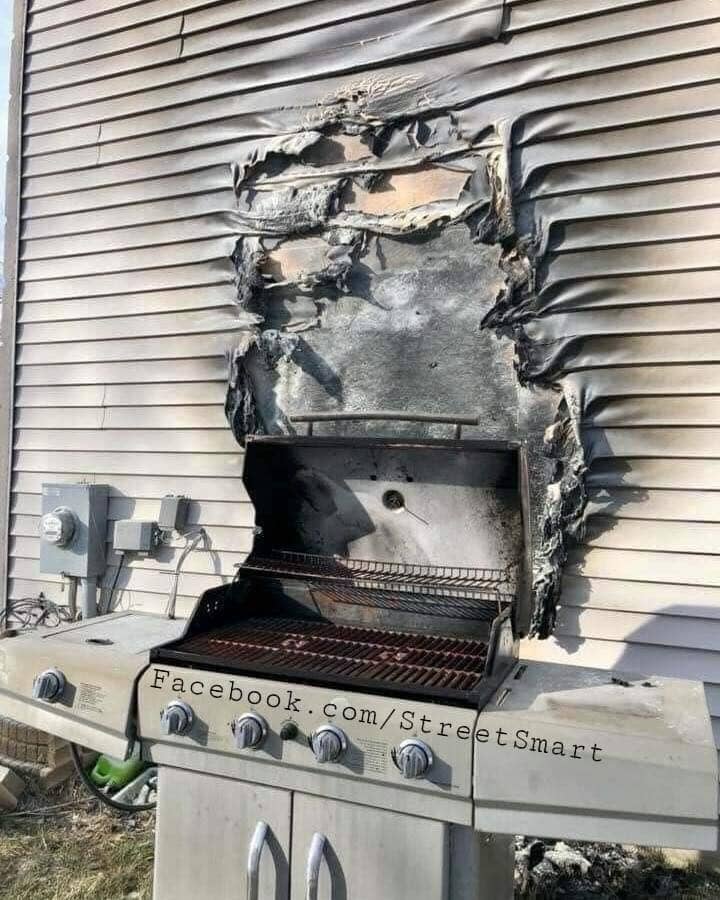
Grilling outdoors is a beloved pastime for many, but if your grill is positioned close to your home, especially if your home has vinyl siding, you may face the risk of heat damage. Vinyl siding can melt or warp when exposed to high temperatures, which is why installing a heat shield is a wise investment. This guide will walk you through the importance of a heat shield, how to install one, and the best practices to protect your vinyl siding while enjoying your outdoor grill.
Understanding the Need for a Heat Shield
The Risk of Heat Damage
Vinyl siding is a popular choice for home exteriors due to its durability, low maintenance, and cost-effectiveness. However, it has a significant vulnerability: heat. The high temperatures generated by outdoor grills can cause vinyl siding to melt or warp, leading to unsightly damage and costly repairs.
Benefits of a Heat Shield
A heat shield acts as a protective barrier between your grill and the vinyl siding, reflecting and dissipating the heat away from the siding. This simple addition can prevent heat damage, extend the lifespan of your siding, and give you peace of mind while grilling.
Choosing the Right Heat Shield
Material Considerations
When selecting a heat shield, consider materials that can withstand high temperatures and effectively reflect heat. Common materials used for heat shields include:
- Stainless Steel: Durable and resistant to corrosion, stainless steel is an excellent choice for a heat shield.
- Aluminum: Lightweight and reflective, aluminum is another effective option for heat shielding.
- Ceramic Fiber: Often used in industrial applications, ceramic fiber offers excellent heat resistance and insulation properties.
Size and Coverage
Ensure that the heat shield you choose covers the entire area between your grill and the siding. It should extend beyond the edges of the grill to provide adequate protection. Measure the space carefully and consider purchasing a heat shield that can be easily adjusted or customized to fit your needs.
Installation Process
Tools and Materials Needed
- Heat shield (stainless steel, aluminum, or ceramic fiber)
- Measuring tape
- Marker or pencil
- Drill
- Screws and anchors
- Level
- Protective gloves and eyewear
Step-by-Step Installation Guide
1. Measure and Mark the Area
Measure the distance between your grill and the vinyl siding. Ensure there is enough space for the heat shield to be installed without obstructing the grill’s operation. Mark the area where the heat shield will be installed using a marker or pencil.
2. Prepare the Heat Shield
If necessary, cut the heat shield material to fit the marked area. Use appropriate tools for the material (e.g., metal shears for stainless steel or aluminum). Wear protective gloves and eyewear during this process to avoid injury.
3. Drill Holes for Mounting
Position the heat shield against the marked area and mark the locations for the mounting screws. Drill pilot holes for the screws, ensuring they align with the studs or solid backing behind the vinyl siding. Use anchors if necessary to provide a secure hold.
4. Install the Heat Shield
Align the heat shield with the pilot holes and secure it in place using screws. Use a level to ensure the heat shield is straight and properly positioned. Tighten the screws firmly, but avoid over-tightening, which could damage the siding or the heat shield.
5. Test the Setup
Once the heat shield is installed, test your grill to ensure the heat is effectively deflected away from the siding. Monitor the temperature of the siding during your first few grilling sessions to ensure the heat shield provides adequate protection.
Best Practices for Protecting Vinyl Siding
Maintain Safe Distances
Always position your grill at a safe distance from your home’s siding. The Consumer Product Safety Commission recommends keeping grills at least 10 feet away from any structures, including vinyl siding. If space is limited, a heat shield becomes even more critical.
Use a Grill Mat
In addition to a heat shield, consider using a grill mat under your grill. This can protect your patio or deck from grease spills, sparks, and embers, further reducing the risk of damage.
Regular Cleaning and Maintenance
Keep your grill clean and well-maintained to ensure it operates efficiently and safely. Regularly check for any signs of wear or damage to the heat shield and replace it if necessary.
Monitor for Signs of Damage
Regularly inspect your vinyl siding for any signs of heat damage, such as warping or discoloration. Early detection can prevent more extensive damage and costly repairs.
Conclusion
Installing a vinyl siding heat shield for your outdoor grill is a straightforward and effective way to protect your home from heat damage. By understanding the risks, choosing the right materials, and following proper installation procedures, you can enjoy your grilling sessions without worry. Remember to maintain safe distances, use additional protective measures like grill mats, and regularly inspect both your grill and siding for any signs of damage. With these precautions in place, you can savor the flavors of outdoor grilling while keeping your home safe and looking great. Happy grilling!
